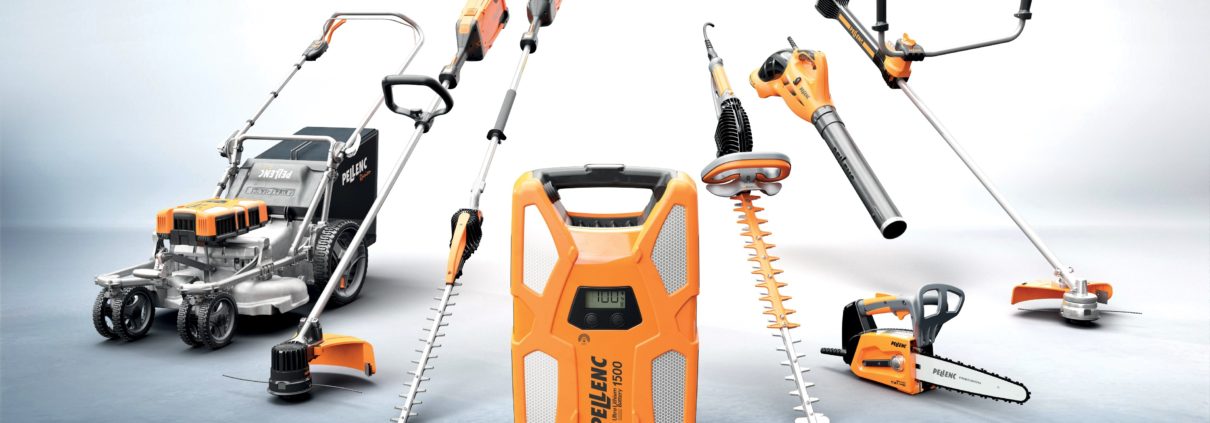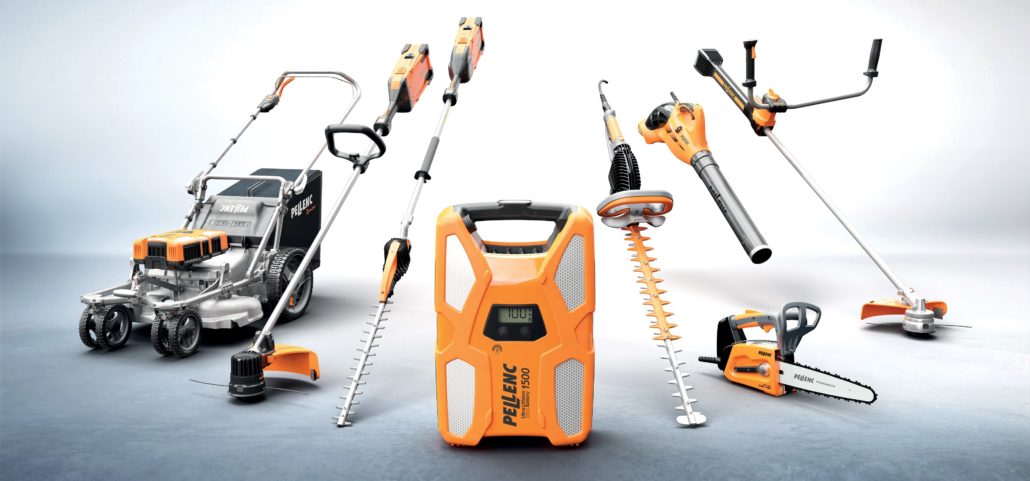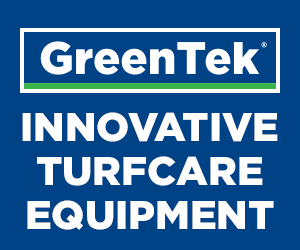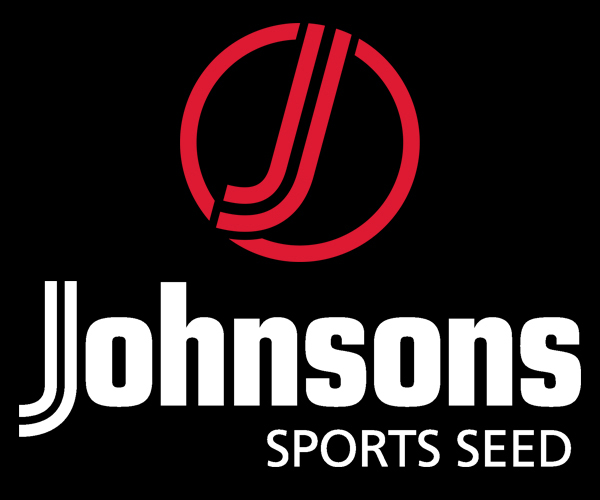Don’t risk your investment this winter
Don’t risk your investment this winter: One of the best things you can do for your mower this winter is to gift it the best possible replacement parts. And when it comes to a Toro mower, Toro Genuine Parts are the best there is.
It’s more than likely that two deciding factors for choosing Toro machinery are the superior quality of cut and good return on investment and to risk that by choosing cheaper, spurious parts is a false economy, according to Reesink Turfcare.
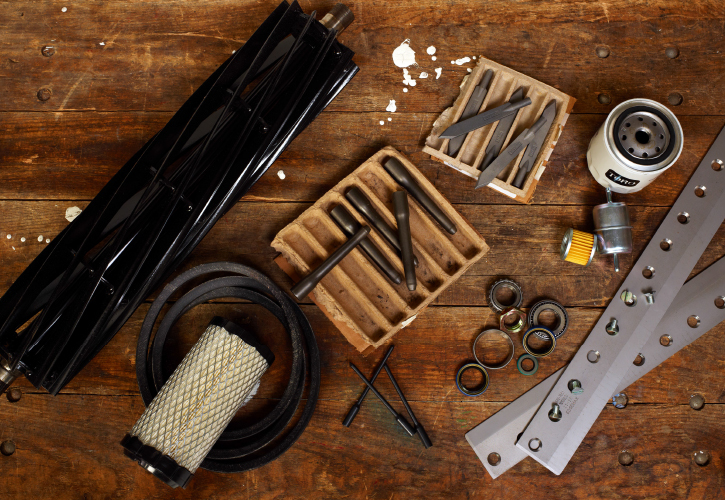
Don’t risk your investment this winter
Michael Hampton, parts manager at the company, explains: “The considerations that go into deciding which brand to get your machinery from should also influence the decision you make when it comes to which parts you choose. Things like performance, quality of cut, longevity, return on investment, all stand up for parts too.
“Choosing parts that aren’t Toro Genuine Parts, especially when it’s for a Toro mower, can wreak havoc with the machine’s performance and can even risk damaging the cutting units, costing more in the long-term.
“Taking a cylinder mower as an example, the scissor-like shearing action that gives the fine finish it is famed for requires the bedknife and cylinder blades to be sharp, matched and in close relationship with each other. The fit you get with a brand that isn’t specifically designed for the intricacies of the mower will never be exact and that’s where the problems can start. The fact is well-maintained kit with the right parts tends to be trouble-free with far less down-time.”
With cutting in the winter months going down to three times a week, now is a good time to strip back the machines and take an in-depth look at the cutting unit. Keeping on top of general maintenance of tines, filters and belts, ensures machines are in the best possible condition for the hard ground conditions of winter and going into the demands of spring. It can be tempting to cut corners when it comes to servicing and that can be expensive.
For those clubs without a workshop manager or team with the know-how or time to take this sort of job on, Reesink’s dealers and service centres, which are located across the country, can step in. The benefits of a genuine service include second-to-none local support, comprehensive stock reserve, 24-hour delivery service and trans-Atlantic freight service. This represents the kind of reassurance Reesink wants to give turfcare professionals: minimum downtime, maximum productivity and more customer service.
Winter machinery maintenance is a key part of the greenkeeping calendar and the quality of the replacement parts are vital to the machine’s performance in the toughest season of the year. Toro Genuine Parts guarantee the highest possible standards and the best possible backup so, when it comes to which parts to pick, choose the best: choose Toro Genuine Parts.
To stock up on Toro parts or for winter machinery maintenance advice, customers can get in touch with their local Toro Genuine Parts dealer or service centre or contact Reesink via reesinkturfcare.co.uk
For the latest industry news visit turfmatters.co.uk/news
Get all of the big headlines, pictures, opinions and videos on stories that matter to you.
Follow us on Twitter and Instagram for fun, fresh and engaging content.
You can also find us on Facebook for more of your must-see news, features, videos and pictures from Turf Matters.







